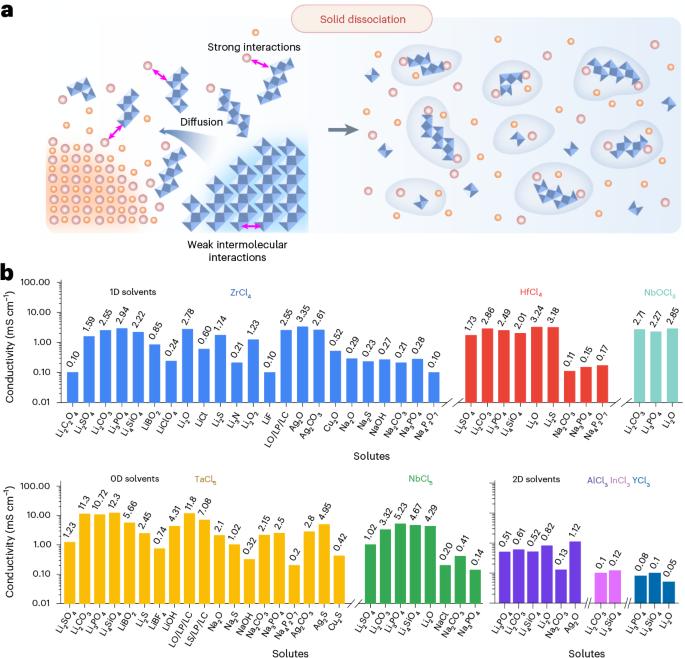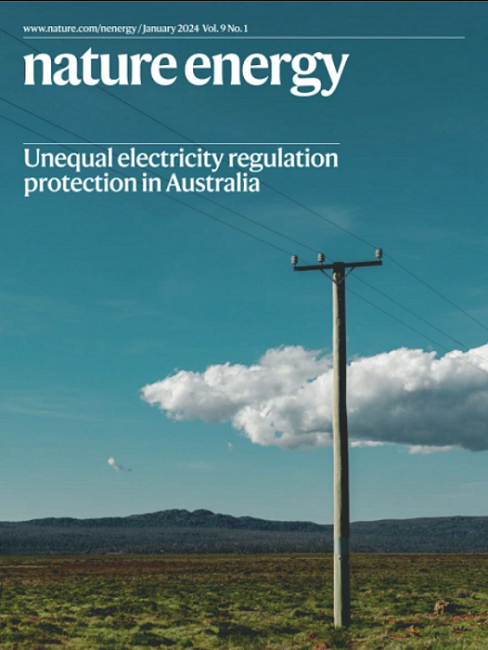固态电解质的灵活设计策略
IF 60.1
1区 材料科学
Q1 ENERGY & FUELS
引用次数: 0
摘要
无机盐在无机固相中可以表现出类似于在液体溶剂中的解离行为。这种固体解离方法用于获得超离子导体,包括40多种室温离子电导率超过10−3 S cm−1的材料。本文章由计算机程序翻译,如有差异,请以英文原文为准。

A flexible design strategy for solid-state electrolytes
Inorganic salts can exhibit dissociation behaviour in inorganic solid phases similar to that in liquid solvents. This solid dissociation approach is used to obtain superionic conductors, including over 40 materials with room-temperature ionic conductivities of more than 10−3 S cm−1.
求助全文
通过发布文献求助,成功后即可免费获取论文全文。
去求助
来源期刊

Nature Energy
Energy-Energy Engineering and Power Technology
CiteScore
75.10
自引率
1.10%
发文量
193
期刊介绍:
Nature Energy is a monthly, online-only journal committed to showcasing the most impactful research on energy, covering everything from its generation and distribution to the societal implications of energy technologies and policies.
With a focus on exploring all facets of the ongoing energy discourse, Nature Energy delves into topics such as energy generation, storage, distribution, management, and the societal impacts of energy technologies and policies. Emphasizing studies that push the boundaries of knowledge and contribute to the development of next-generation solutions, the journal serves as a platform for the exchange of ideas among stakeholders at the forefront of the energy sector.
Maintaining the hallmark standards of the Nature brand, Nature Energy boasts a dedicated team of professional editors, a rigorous peer-review process, meticulous copy-editing and production, rapid publication times, and editorial independence.
In addition to original research articles, Nature Energy also publishes a range of content types, including Comments, Perspectives, Reviews, News & Views, Features, and Correspondence, covering a diverse array of disciplines relevant to the field of energy.
 求助内容:
求助内容: 应助结果提醒方式:
应助结果提醒方式:


